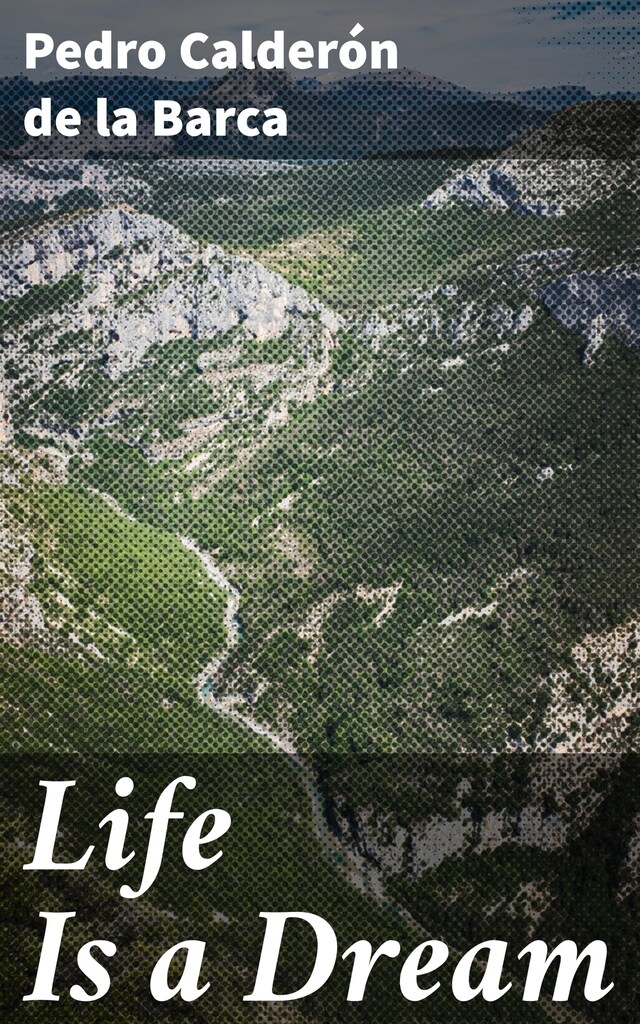
Life Is a Dream
An Allegorical Journey of Fate and Power
Description of book
In his profound philosophical play, "Life Is a Dream," Pedro Calderón de la Barca delves into the nature of reality and illusion through the story of Segismundo, a prince imprisoned from birth due to a prophecy foretelling his destructive future. Employing a rich tapestry of poetic language and intricate metaphors, Calderón navigates themes such as free will, fate, and the transient nature of life. Set against the backdrop of the Spanish Golden Age, the play embodies Baroque aesthetics, blending profound existential questions with the theatricality of court life, ultimately inviting the audience to ponder the distinctions between dreams and reality. Pedro Calderón de la Barca (1600-1681), a towering figure in Spanish literature, was deeply influenced by the turbulent political and social climate of his time. His experiences serving as a soldier and later as a playwright in the court of Philip IV informed his exploration of complex philosophical ideas. The existential dilemmas presented in "Life Is a Dream" reflect Calderón's engagement with contemporary notions of idealism and skepticism, as well as his own spiritual inquiries, making the play a cornerstone of classical Spanish theatre. "Life Is a Dream" is a timeless exploration of human existence that continues to resonate with modern audiences. Readers and theatre enthusiasts alike are encouraged to immerse themselves in this masterpiece, as it not only entertains but also challenges one to reconsider the very nature of reality and existence. This compelling work is essential for anyone seeking a deeper understanding of human consciousness and the interplay of dreams and reality.
 Pedro Calderón de la Barca
Pedro Calderón de la Barca 61 Pages
61 Pages